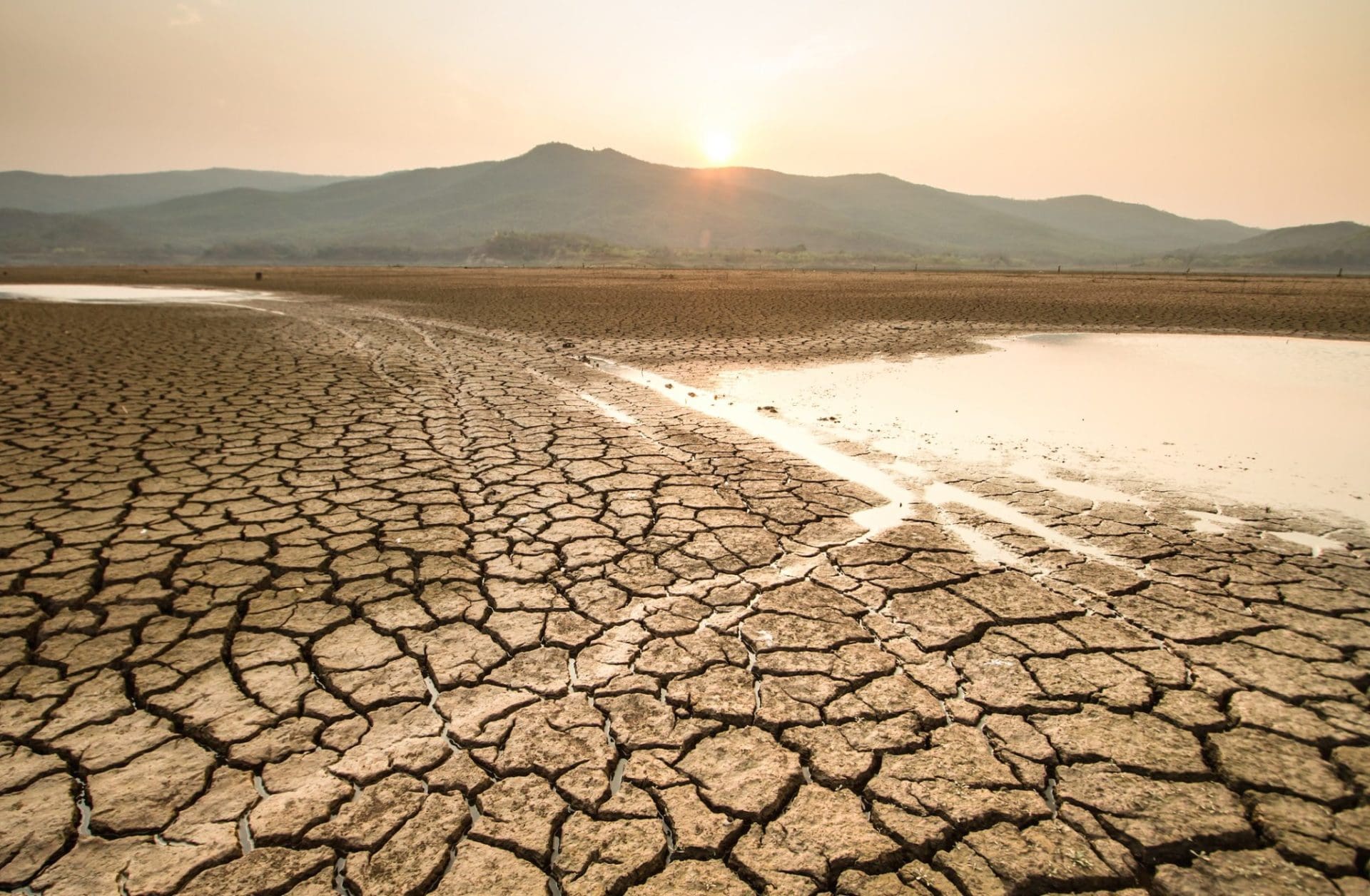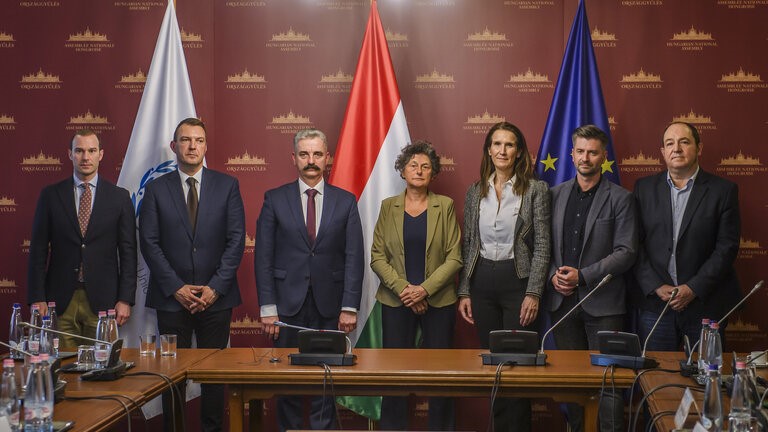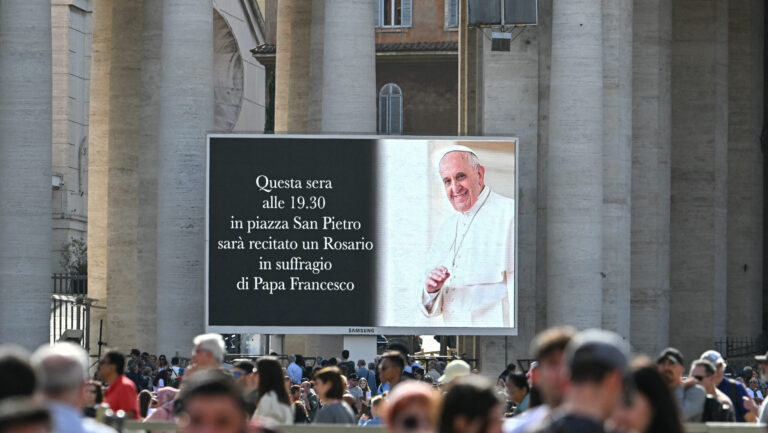Water is essential for life as we know it, since it is a vital resource for our economy, and it also plays a crucial role in the climate regulation cycle. With climate change making itself felt by all of us, the effects of droughts and scarce rainfall wreak havoc in Southern Europe, as countries are forced to restrict access or even ration water. As demand grows, water supplies are continuing to be depleted and water scarcity has become increasingly frequent in the EU.
The Reasons for Water Scarcity
More and more extreme heat waves lead to longer droughts. Consequently, this increases water overconsumption, worsening the already present water scarcity. Southern European countries, such as Portugal and Italy are calling on citizens to use water as little as possible, but this is in all likelihood not the answer or solution, as private water usage is not even near the 60 per cent that is used by agriculture.
What’s more, according to a 2020 report by the European Commission, 20–40 per cent of the available water is being wasted due to supply system leaks, lack of water saving technologies installed, or dripping taps. Though climate change and its effects appear to be by far the largest factor when it comes to water scarcity, it seems that the failing infrastructure and human negligence that caused it, is also a not-insignificant contributor.
Italy
Northern Italy is the hardest hit region in the country, as Italy faces its worst drought in 70 years. A state of emergency has been declared in five regions for the rest of the year. The government decree will allow authorities to take immediate action, such as to impose water rationing for homes and businesses if deemed necessary. ‘The state of emergency is aimed at managing the current situation with extraordinary means and power, with relief and assistance to the affected population’, the government stated.
A state of emergency has been declared in five regions for the rest of the year
Over 100 cities have been ordered to limit water consumption as much as possible. Following the decree, the mayor of Verona has announced that watering gardens and sports fields, washing cars and filling pools are now prohibited until the end of August to ensure a stable drinking water supply. In a similar fashion, Pisa has also resorted to rationing. In Milan, all decorative water fountains have been turned off.
Portugal
As some regions are experiencing the worst dry season in a thousand years, Portugal is no exception. At the start of 2022, the exceedingly dry winter had already caused low water levels, which in turn forced the government to limit the use of hydroelectric power plants to two hours per week.
Following a dry first half of the year, the second half is much of the same. Duarte Cordeiro, Portuguese Minister for Environment and Climate Action, stated last week that the country would have to live with restrictions and steep water costs in the future. He also urged businesses to invest in water-saving measures to increase efficiency in water use.
As for restrictions, the association for agricultural irrigation has activated an emergency plan in the towns of Portimao, Lagoa and Silves, to halve the irrigation of 1800 farms.
Spain
Portugal’s neighbour, Spain, is in a similarly dire situation. Two-thirds of the country is at risk of desertification, as fertile soils are turning into sand amid the droughts.
In northern Spain, 17 towns were forced to take drastic measures as early as February. Campelles, a town in Catalonia, limited running water to just a couple hours per day. In Vacarisses, a province of Barcelona, people only have access to running water 4-4 hours in the morning and evening.
Spain must plan ahead and use its limited water sources more efficiently
Spain surpasses the southern average of 60 per cent of the water going to agricultural use with a staggering 70 per cent of water used for irrigation. In 2020, the country had 3.83 million hectares of irrigated agricultural land, which is increasing every year. Though 77 per cent of the irrigation systems are highly efficient, the rest of the lands are irrigated water-wasting systems. Spain must plan ahead and use its limited water sources more efficiently, as well as prepare for crisis management at all levels.
Due to the increasingly extreme effects of climate change, water shortages and water scarcity will become the new norm not just in in the south, but possibly in all of Europe. Some towns are already struggling to meet demand in Hungary this summer, and the forecasts appear to be concerning Poland, too.
In conclusion, water scarcity will be more and more prevalent in Europe, as either the faltering infrastructure and the rise of demand compounded with the effects of climate change will force authorities to limit the access to water both on a private and agricultural level, unless immediate action is taken to prepare ourselves for what is inevitably coming.








